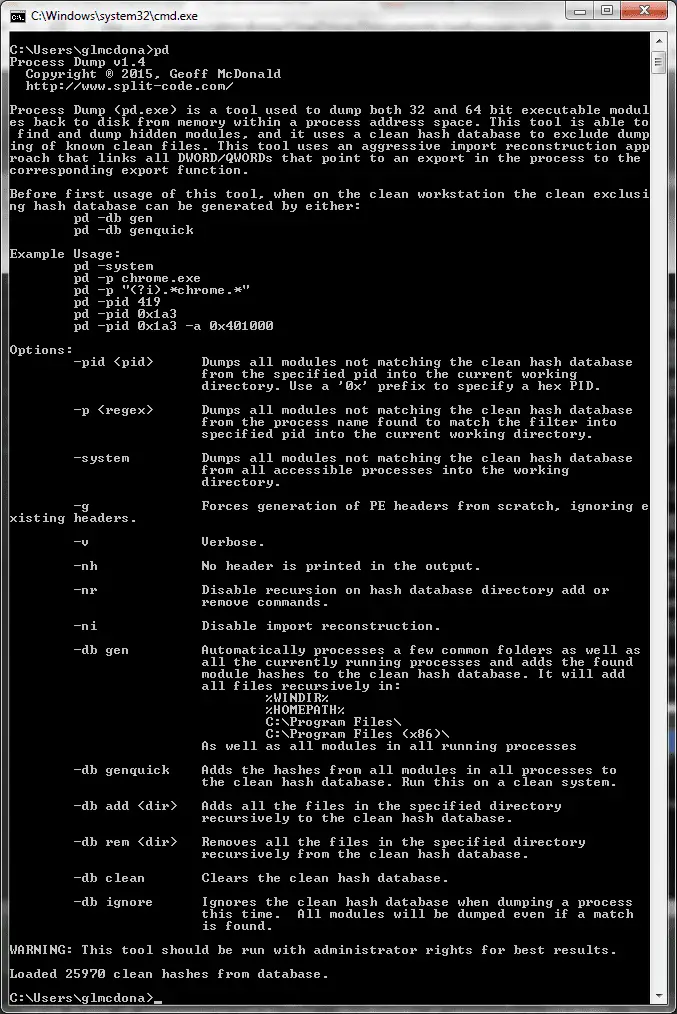From helpnetsecurity.com
Qualys announced it has collaborated with Red Hat to drive greater security for both the container and host operating system for Red Hat OpenShift.
Teaming with Red Hat, Qualys is offering a unique approach providing a containerized Qualys Cloud Agent that extends security to the operating system. The Cloud Agent for Red Hat Enterprise Linux CoreOS on OpenShift combined with the Qualys solution for Container Security provides continuous discovery of packages and vulnerabilities for the complete Red Hat OpenShift stack. Built on the Qualys Cloud Platform, Qualys’ solution seamlessly integrates with customers’ vulnerability management workflows, reporting and metrics to help reduce risk.



